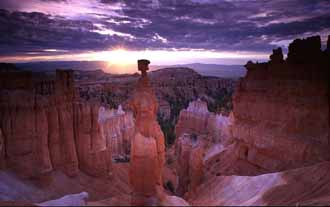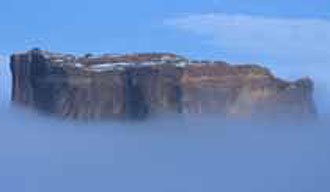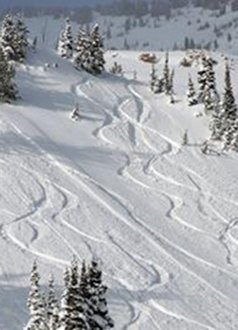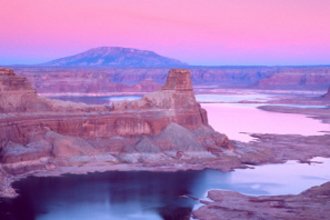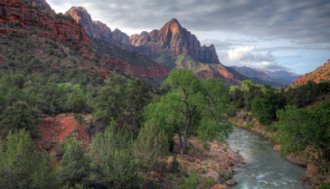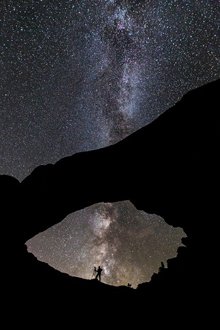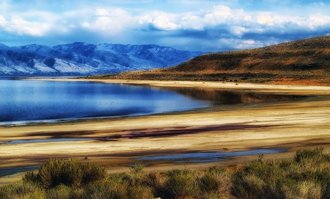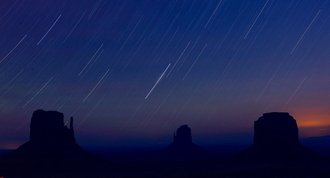That You Were Never The Same?
Temperature Inversions
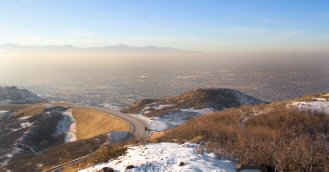
What’s An Inversion?
Temperature inversions are common in the Salt Lake Valley and along the Wasatch Front during winter. And I’m not going to tell you there’s anything pleasant about them.
But it’s a good thing to know about them before you get here. And what you can do to avoid them.
Temperature inversions result in a thin layer of the atmosphere. As you move further away from the ground, the temperature decreases much less than normal. In some cases – albeit rare -
the temperature actually increases with altitude.
An inversion ... also known as a stable air layer ... acts like a roof or cap keeping normal convection from occurring. The temperature inversion becomes impervious to the normal movement of air up and down unless something breaks it up.
Why Are They Bad?
As residents and visitors to Salt Lake City in the winter know, temperature inversions can have several unpleasant effects:
- pollutants become trapped beneath the inversion causing “haze” or “smog” to envelop the valley. Sometimes so thick you can’t even see the other side.
- little or no direct sunlight.
- colder temperatures than normal. Often a lot colder than much higher up in the mountains. And damp cold.
- an absence of snowfall. Convective clouds can’t grow high enough to produce precipitation.
- fog.
- adverse health effects.
- if it lasts too long, foul moods for the people living in it.
Anything Good About Inversions?
If the inversion isn’t too thick, the result is often a spectacular red sunset. As the sun sets west of the Salt Lake Valley over the Oquirrhs, the atmosphere plays tricks with the sun’s rays. The resulting skies can – for a short time – make you forget about what the air looks like.
And always remember. They don’t get temperature inversions up the canyons at the ski resorts. You can drive up any of the canyons any time. And escape to sunny skies, warmer temperatures, and the best powder on the planet.
How Do Inversions End?
Well, the thing that makes our mountains so wonderful to play in during the winter is what drives inversions out of the Salt Lake Valley. Winter snowstorms. Usually preceded by strong winds. Residents and visitors hope and pray for a storm during inversions.
One of the most amazing things happened just prior to the 2002 Winter Olympic Games in Salt Lake City. For several weeks leading up to the Olympics, the valley was socked in with a brutal inversion. Everyone here was worried the Games would be embarrassing for the city. And depressing for everyone involved.
A day or two before the Olympics, we got hit with strong winds and a great storm. By the time the Opening Ceremonies started, the valley was crystal-clear. And the Olympics went on to become an unforgettable spectacle.
My wife wonders why I would write about something so distasteful as inversions. Even depressing. Well, if you’re traveling to Salt Lake City in winter, I think you should know about the possibility of encountering one.
But the chances are pretty good that you’re coming here to play. And getting out of an inversion is as simple as heading up one of the canyons – less than 30 minutes – and spending some play time at one of the ski resorts.
Back to top
Back to Utah Weather
Back to Home Page


